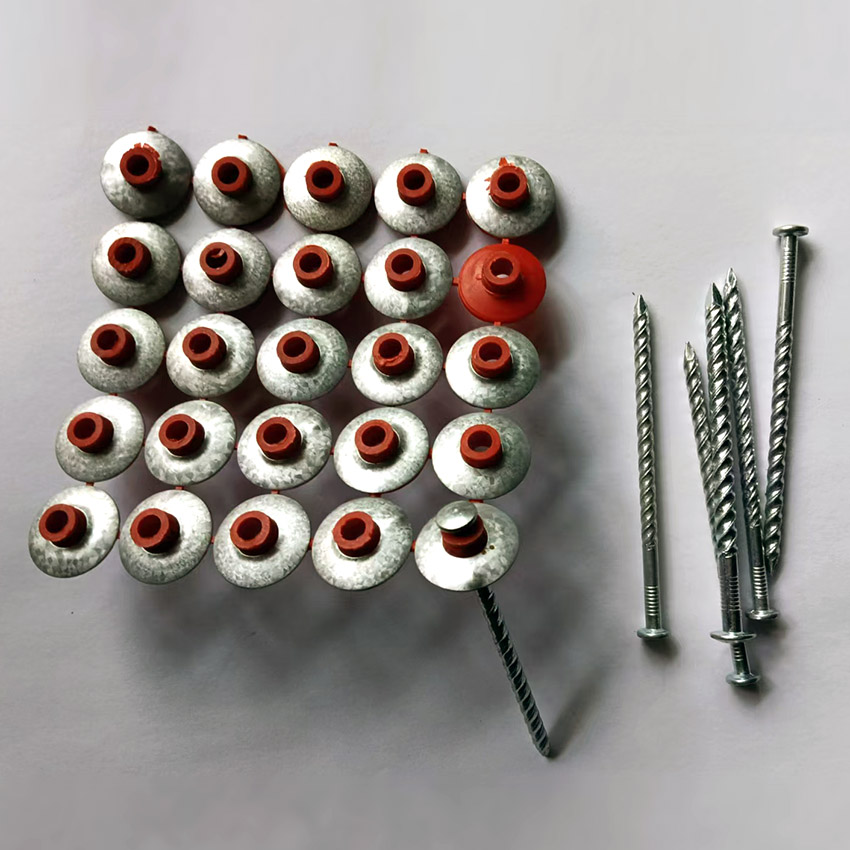The "three-point-one-line" aiming method hidden by the carpenter, combined with ergonomic principles, allows novices to achieve 10 nails and 9 accuracy!
First, the core principle of "three points and one line"
Realizing precise positioning by constructing visual guide lines;
Eyes → center of hammer head → top of nail → target point (four points vertical)
Hammer handle → forearm → elbow joint (three-point linear force)
Schematic diagram of three-point and one-line aiming method
Two, five steps to master the precision nail method
Step 1: Tool Selection
400-600g claw hammer is preferred (optimal torque ratio).
When the nail length is less than <50mm, it is recommended to use a magnetic positioning hammer.
Step 2: Basic posture calibration
The feet are shoulder width apart, and the nail is 30cm in front of the tip of the right foot.
Hold the hammer handle 1/3 in the right hand (the optimal force point of the lever)
Hold the nail lightly with the fingertip of the left hand (contact surface < 5 mm)
Step 3: Visual lock (key step)
Close your left eye and build a line of sight with the dominant eye.
When the hammer head is raised to the height of brow bone, it begins to predict the falling trajectory.
Key training: 5 seconds visual focus maintenance (reduce hand trembling)
Step 4: Three-stage hammering method
Stage strength target
Position and hit the nail with 30% force for 3 mm.
Vertical correction 50% force correction tilt angle
End hammer 80% force nail head into the wood 1 mm.
Step 5: Muscle memory training
Practice 100 times a day (without nails)
Exercise on the balance pad to enhance core stability
Three, five common error correction
Hammer tilt: calibrate the falling trajectory with laser levels.
Backward force: keep the vertical line between earlobe, acromion and hip joint.
Too tight grip: use three-finger grip (thumb+forefinger+middle finger)
Fourth, special scenario solutions
Aerial work:
Using gravity-assisted locator, verticality is automatically calibrated by plumb line.




